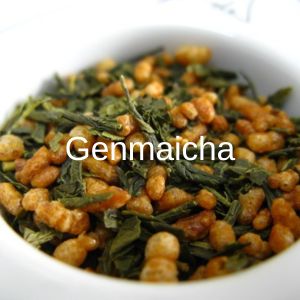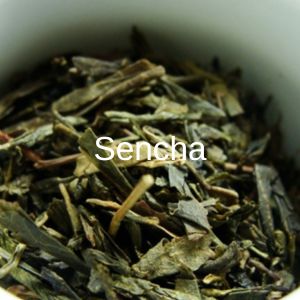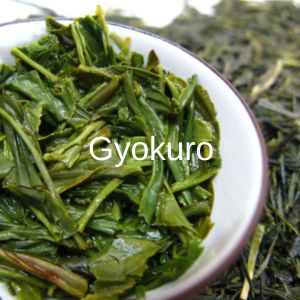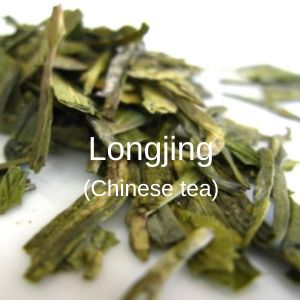Cast Iron Teapot
-
The Japanese Teapot
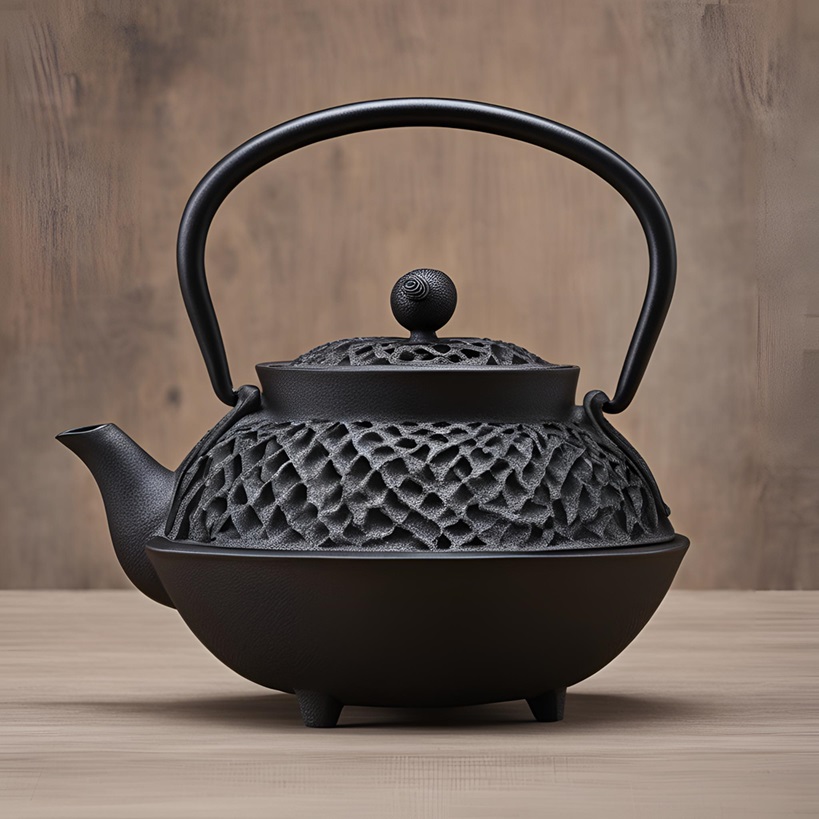
This is the perfect teapot for wintertime tea brewing.
It is perfect for a quiet tea moment of meditation alone, or to serve tea to friends and family. It comes in many sizes, shapes, colors and designs.
Come and learn more about this teapot. See what teas you can enjoy with it and how to care of your teapot so that you can have the perfect cup of tea for years to come.
There is a cast iron teapot out there for you.
Come and find it!
Where do cast iron teapots come from?
The cast iron teapot is originally from China, having travelled to Japan in the 17th century. Originally, the cast iron pot, the tetsubin, was principally a kettle used for heating water. Today, cast iron teapots are a decorative item used for brewing your tea as opposed to just heating water over the fire.
In the beginning, the Japanese drank matcha, a powdered tea that was drank with great formality and ceremony – known as chanoyu. However, the arrival of the cast iron teapot also meant the arrival of sencha, the infused tea.
This was a loose leaf tea that did not demand such elaborate decorum and so became quite popular for the more informal tea drinking with friends and family. Loose leaf sencha was also associated with the drinking of medicinal herbs. The Japanese were not ones to forget the benefits of tea!
Tea brewing would never be the same again and the cast iron teapot had made its way into the homes and hearts of the Japanese.
While with time the name tetsubin stuck and has been used interchangeably to designate either cast iron kettles or teapots, always make sure that to check when you purchase your teapot whether it is for brewing tea or heating water.
Why choose a cast iron teapot?
Still handmade today, this Japanese teapot is still a perfect way for brewing tea and serving it to your guests.
For one, the cast iron is a good heat conductor, meaning that your tea will remain warmer for a longer period of time, while at the same time dispersing the heat inside the teapot more evenly extracting a better flavor from your tea leaves.
More than just useful, these teapots were once a status symbol, and so have remained traditionally beautiful items to behold, painted and decorated with reliefs on the outside, each one different, each one with its meaning and symbolism.
What do your teapot engravings say about you?
Flowers:
Chrysanthemums – wealth, beauty and hope; Cherry blossoms – beauty; Lotus – purity and enlightenment.
Animals:
Dragon – power and strength; Tiger – courage and bravery, great protection; Dragonfly – good fortune and new beginnings
Other:
Fire – warmth, romance; Sun – Happiness; Wind – serenity; Coins - prosperity
What about the inside?
While the outside may be painted or not, the inside of the cast iron teapot is today covered with enamel, so that you may enjoy brewing different teas in your cast iron teapot and to help prevent rusting.
This is good, because your teapot will last longer!
How to use your teapot
Using your teapot for the first time?
Congrats! You are the proud owner of a new cast iron teapot.
Before brewing your first tea, rinse your teapot with hot water several times.
Let’s brew tea!
- First, preheat and rinse your teapot. This is a teapot that retains heat well, so pouring in hot water, swirling it around and then discarding will prepare your teapot for any tea you wish to brew.
- Choose your tea (there are some suggestions below). Place your tea inside the teapot, either loosely or inside a mesh infuser.
- Quantity of tea, steeping time and water temperature depends greatly on the tea you choose. Remember to heat the water in another kettle, your teapot is just for brewing.
- Serve your tea and reinfuse your tea leaves as many times as you wish.
- Now it’s time to clean up.
Taste your tea the Japanese way!
What teas can be brewed using this teapot?
The cast iron teapots have long been used to brew Japanese Green teas. It may have started out as a way to brew Sencha, but it is perfectly suited for other green teas as well.
The enamel interior protects the flavor of your tea, leaving it unaltered, and letting you use your teapot for other green teas, not necessary from Japan. Here are some suggestions:
How to Care for Your Teapot
The secret to wonderful tea over and over again is to take care of your cast iron teapot. Here are a few tips to ensure its long life and happiness in your home.
Regular cleaning:
It’s really easy to clean your cast iron teapot. No soaps or detergents needed, just water is enough to protect the coating and prevent it from oxidation and rust. So just go ahead and:
- Let your teapot cool!
- Rinse your teapot thoroughly, yet gently, with warm water making sure that no tea leaves get stuck on the spout. You can use an infuser basket to make sure to remove all the tea leaves with each steeping.
- Wipe it with a clean cloth. Do not put away your teapot while it is still wet as it can form mold or create rust, so make sure both the inside and outside are completely dry.
Keep oil and salt away from your teapot, oil may permanently stain your cast iron teapot.
You’ve done your best, but still some rust has formed on your teapot. What to do now?
Again detergents won’t help. Instead, use fine steel wool or a soft brush to do away with the rust, rinse with plenty of water so no rust residues linger and then dry it carefully and thoroughly.
Some even recommend another step in the process. Once properly scrubbed, fill the pot with used tea leaves and pour boiling water in. Wait for 20 minutes and then discard that brew, rinse and dry carefully. The tannic acid in the tea leaves should help fight the rust and seal your teapot from further damage.
Other Tips
- Never place the teapot in the dishwasher, freezer or microwave over – this is a metal object.
- Do not use it on the stove to boil water. Use the tea kettle for that and then brew your tea in the teapot. You may cause damage to the enamel interior of the teapot and shorten its lifetime considerably.
- Be careful not to scrape the interior. A little patience and some water will remove any runaway leaves.
- Make sure to empty out your teapot and clean it before you go to bed, the humidity caused by wet leaves or any other wet item in your teapot may cause rust.
The Cast Iron Tea Set
Complement your cast iron teapot with a few items and bring perfection to your Japanese tea drinking experience:
-
Trivet (must have): remember that your teapot is made of iron, so place it on a trivet so as not ruin any table linen or table surfaces.
This item is both beautiful and very useful. Consider buying a trivet for your other teapots, too. -
Mesh infuser baskets (should have): these infuser baskets fit inside your teapot, holding your tea leaves while they brew.
These infusers make for quicker cleaning of the teapot and quicker removal of tea leaves for shorter tea steeping times. - Cast Iron Teacups (complements): serve your tea in a complete cast iron tea set by choosing cups that match your teapot in color and design.
- Cast Iron coasters (complements): as your teapot sits on the trivet, so must your teacups sit comfortably on coaster, making sure that no surfaces are damaged.
Buy Your Cast Iron Teapot Today!
This is a Japanese-inspired 34oz cast iron teapot. It is easy to clean due to its interior being coated with enamel, and thus not requiring seasoning like other cast iron teapots.
The fine mesh infuser filter included is perfect for loose leaf teas, making brewing your tea multiple times a simple operation.
Enjoy the great Japanese tea drinking experience with your cast iron teapot.
Drinking tea can be made quite magical
with the right teapot and teacups.
Return from Cast Iron Teapot to Tea Accessories
Return to The Right Tea Homepage

Do you have a question? Then feel free to Contact Us!
And don’t forget to follow us on Facebook to receive updates, photos and interesting tips and news! Follow us also on Pinterest!
Search Website:
Be healthy
with a wide
choice of herbs!

Prepare your tea!
Try these
Tea Samplers!

Wellness Pack at ArtofTea.com

Award Winning Pack ar ArtofTea.com
Find other
tea time items at ...





